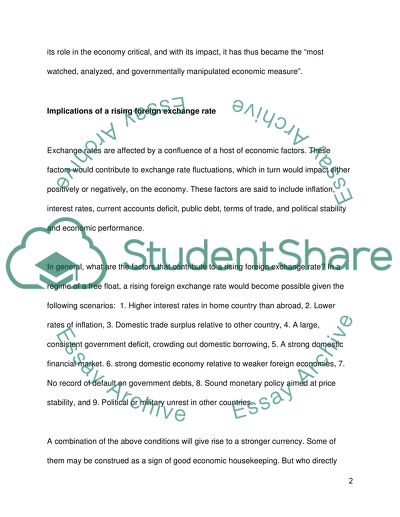Cite this document
(“Implications for an Economy of a Rising Exchange Rate Essay”, n.d.)
Retrieved from https://studentshare.org/macro-microeconomics/1393460-implications-for-an-economy-of-a-rising-exchange-rate
Retrieved from https://studentshare.org/macro-microeconomics/1393460-implications-for-an-economy-of-a-rising-exchange-rate
(Implications for an Economy of a Rising Exchange Rate Essay)
https://studentshare.org/macro-microeconomics/1393460-implications-for-an-economy-of-a-rising-exchange-rate.
https://studentshare.org/macro-microeconomics/1393460-implications-for-an-economy-of-a-rising-exchange-rate.
“Implications for an Economy of a Rising Exchange Rate Essay”, n.d. https://studentshare.org/macro-microeconomics/1393460-implications-for-an-economy-of-a-rising-exchange-rate.


